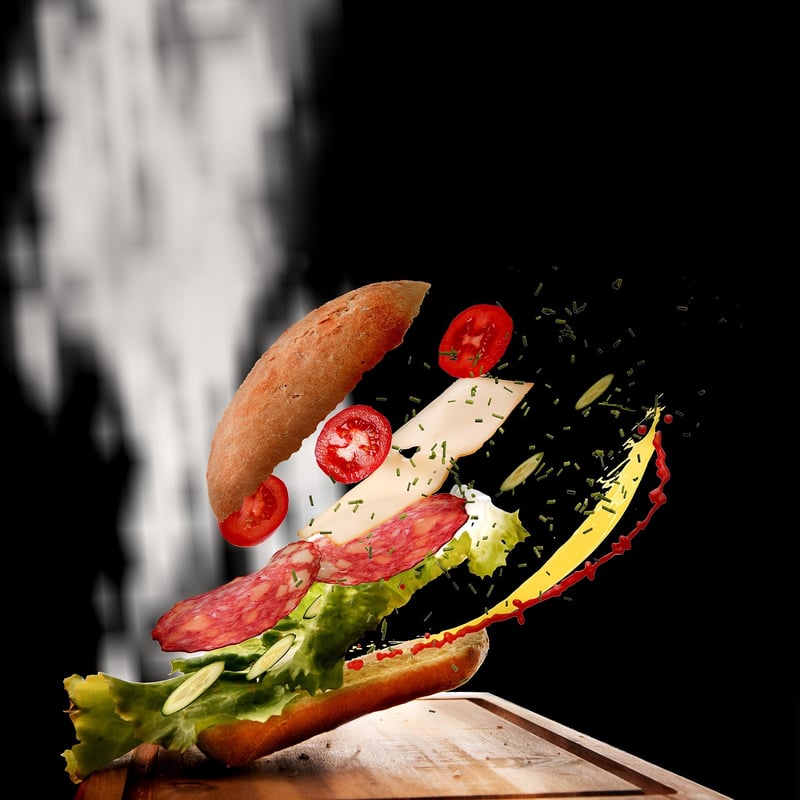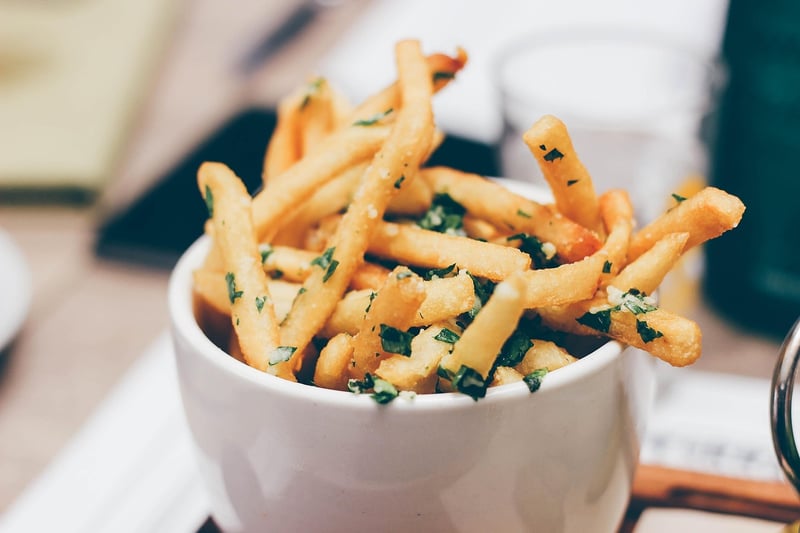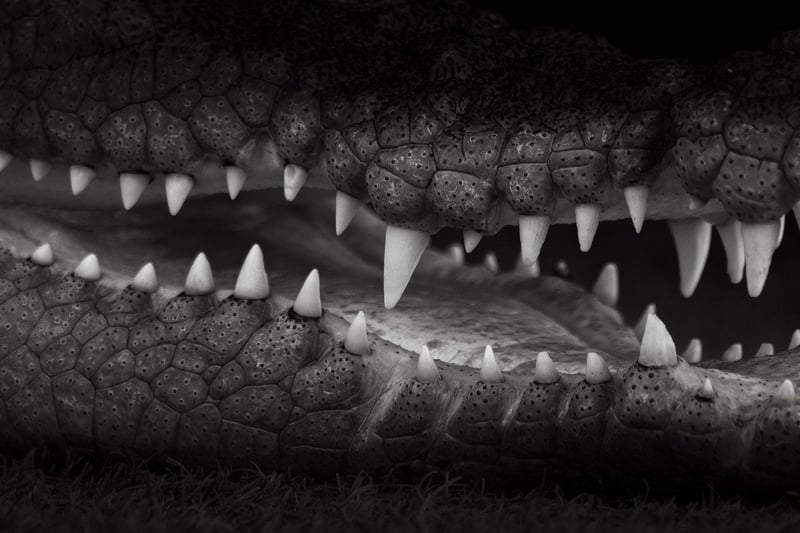Texture Contrast
The Art of Texture Contrast in Cutting-Edge Culinary Creations
In the realm of modern gastronomy, chefs are constantly pushing the boundaries of culinary creativity to deliver innovative and unforgettable dining experiences. One of the key elements that have gained significant attention in recent years is texture contrast. The juxtaposition of different textures in a dish not only enhances the sensory experience but also elevates the overall flavor profile.
Why Texture Matters
Texture plays a crucial role in how we perceive food. It adds depth, complexity, and excitement to each bite. By incorporating a variety of textures – crunchy, creamy, chewy, crispy, or velvety – chefs can create a harmonious symphony of sensations on the palate. Texture contrast not only stimulates our taste buds but also engages our sense of touch, making the dining experience more interactive and memorable.
Examples of Texture Contrast in Culinary Creations
Imagine biting into a decadent molten chocolate cake with a crisp outer shell, or savoring a creamy risotto topped with crunchy toasted breadcrumbs. These are just a few examples of how chefs play with texture to surprise and delight diners. From delicate foams paired with crunchy nuts to silky smooth purees accompanied by crispy fried elements, the possibilities are endless.
Image Source: Pixabay

How to Achieve Texture Contrast
Chefs employ various techniques to create texture contrast in their dishes. This may involve combining ingredients with different textures, using cooking methods like frying or roasting to add crunch, or incorporating elements such as sauces or garnishes for a contrasting mouthfeel. Experimentation and creativity are key in achieving the perfect balance of textures in a dish.
Texture Contrast and Presentation
Texture contrast not only impacts the taste of a dish but also enhances its visual appeal. A well-executed combination of textures can create a stunning visual display on the plate, adding depth and sophistication to the presentation. Chefs often use contrasting colors, shapes, and sizes to further accentuate the textural elements of a dish.
Image Source: Pixabay

Experiment and Enjoy
Whether you are a professional chef or a home cook, exploring texture contrast in your culinary creations can take your dishes to the next level. Don't be afraid to experiment with different textures and ingredients to discover unique flavor combinations and sensory experiences. Embrace the art of texture contrast and elevate your dining adventures!
